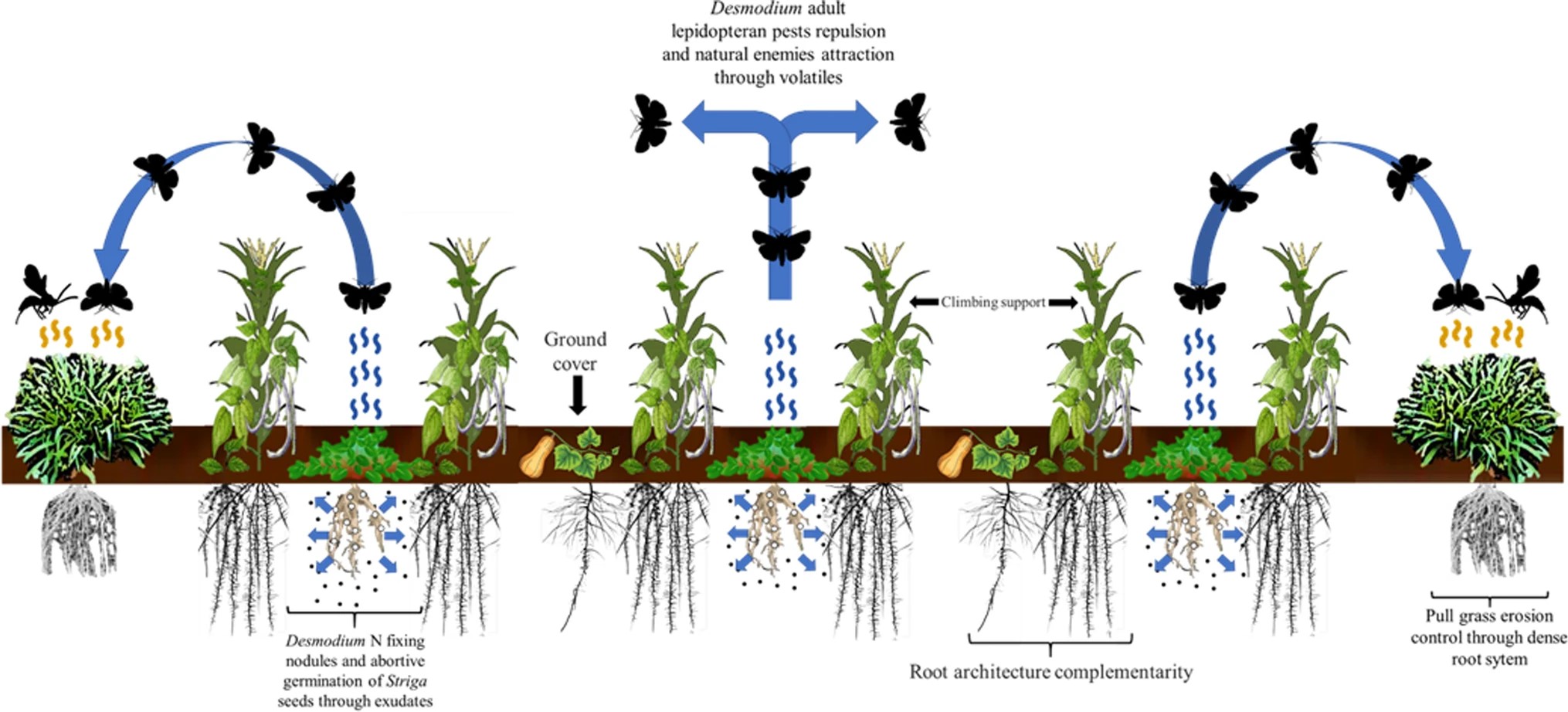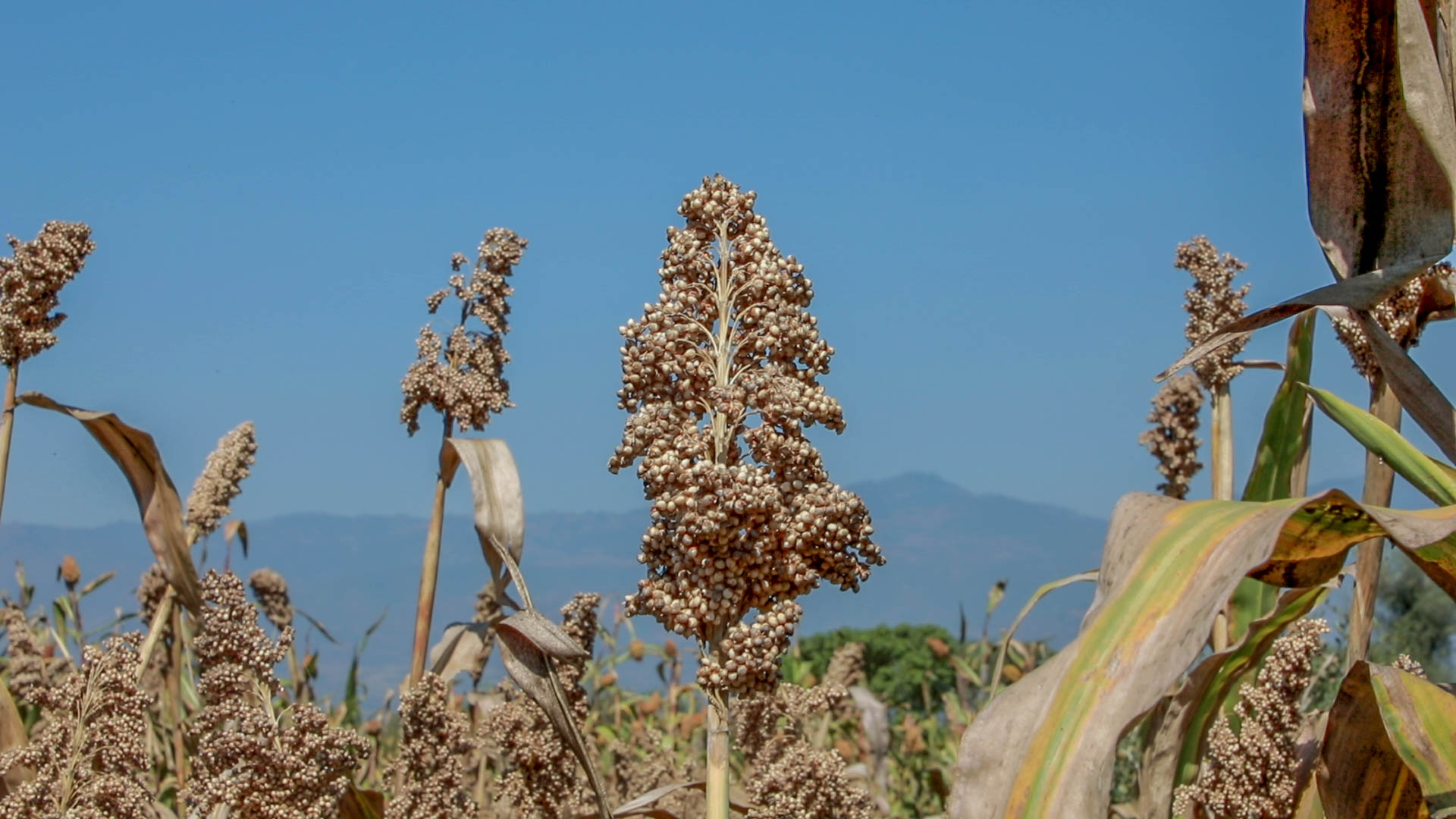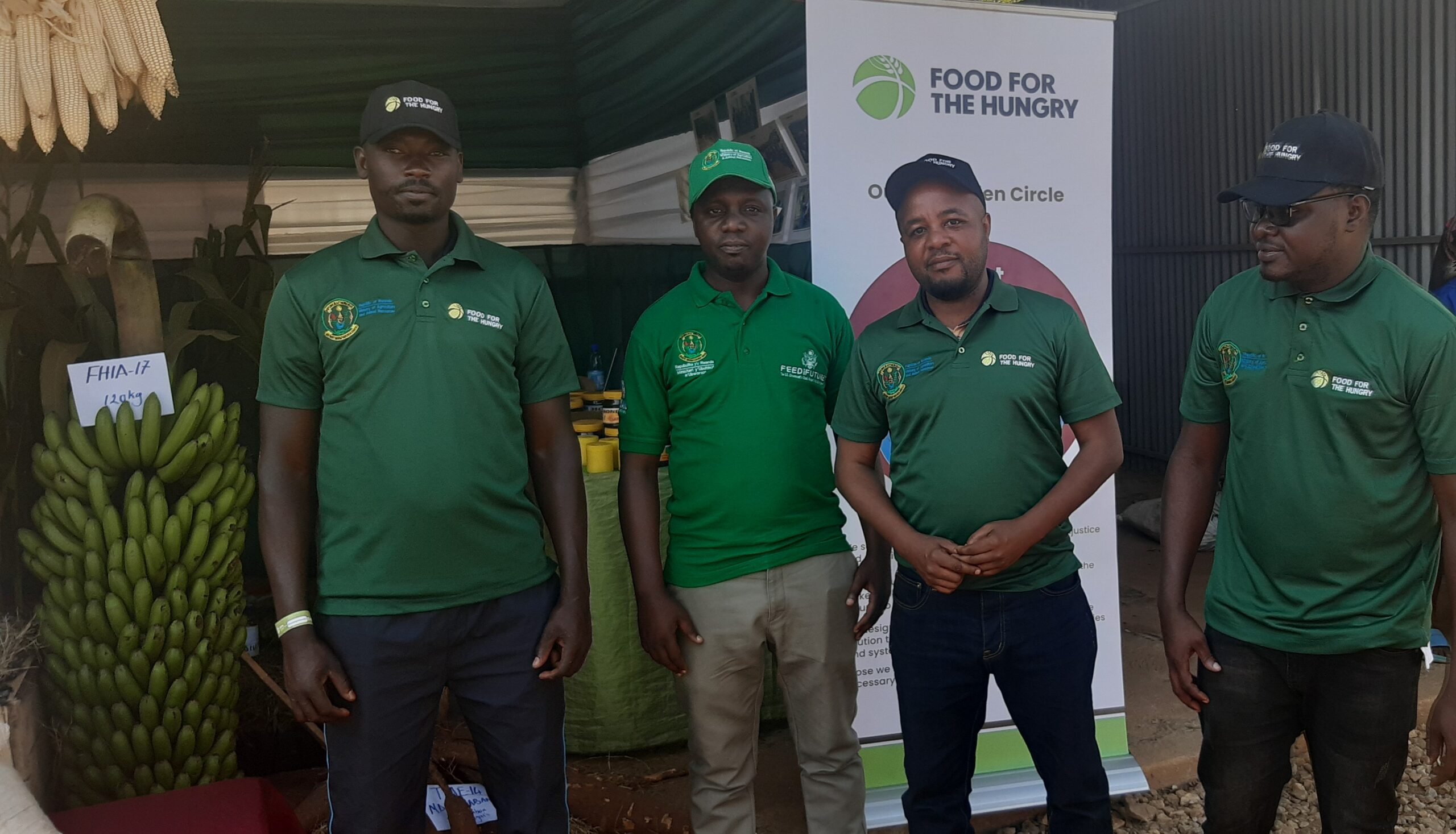One of the main concerns nowadays is obtaining enough #food and its security across the globe, especially in sub-Saharan Africa and Latin America. The UPSCALE project is on a mission to expand the Push-Pull Technology in East Africa based on the use of repellent and trap companion plants intercropped with maize.
According to this and previously used pre-Columbian milpa system, our partners from Justus Liebig University Giessen, Felipe Libran, Adewole OLAGOKE and our project coordinator Emily Martin have worked hard on combining both systems to present the advantages of these technologies in small-scale farming.
As a result, the UPSCALE project team is honoured to represent the new UPSCALE publication in the prestigious scientific journal “Agronomy for Sustainable Development” with IF 7.3 🌱
🔬 Stay informed about the latest advancements in the agricultural field by following us and sharing this announcement with your fellow scientists and colleagues.
🌐 Find the full preprint on the following link ↙
https://lnkd.in/diKzRJ3u
A glimpse into the article:
Combining Milpa and Push‑Pull Technology for sustainable food production in smallholder agriculture. A review
Achieving food security remains a pressing challenge for small-scale farmers, especially in sub-Saharan Africa and Latin America. Ongoing climate change, invasive noxious weeds, and crop pests further exacerbate the situation. Optimizing traditional cropping systems for sustainable yields and climate-resilient production is imperative in order to address this challenge. The pre-Columbian milpa system of intercropping maize with companion crops such as beans (Phaseolus vulgaris) and squash (Cucurbita spp.) is one effective system that has been shown to produce outstanding yields per unit area compared to monoculture systems. The Push-Pull Technology developed in East Africa, based on the use of repellent and trap companion plants intercropped with maize (and to a lesser extent sorghum), is seen to be similarly effective in minimizing the impact of major pests on yields, including striga weed (Striga spp.), maize stemborers, and the fall armyworm (Spodoptera frugiperda). Although both systems have the potential to compensate for each other’s limitations, there has been no cross-system learning between the Mesoamerican milpa and the East African Push-Pull Technology. Here, we review both systems and present the advantages likely to be obtained by combining these technologies in small-scale farming. The proposed milpa push-pull system could adapt to different gradients of altitude, rainfall, and soil nutrient levels, in addition to controlling pests,and therefore has the potential to become a fundamental cropping technique in Latin America and sub-Saharan Africa.



